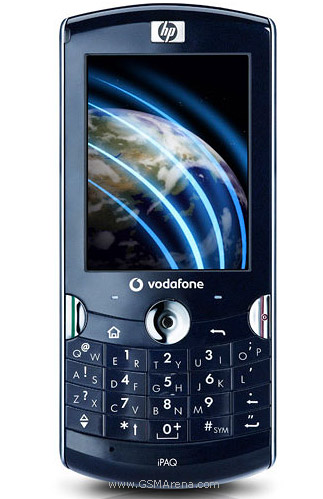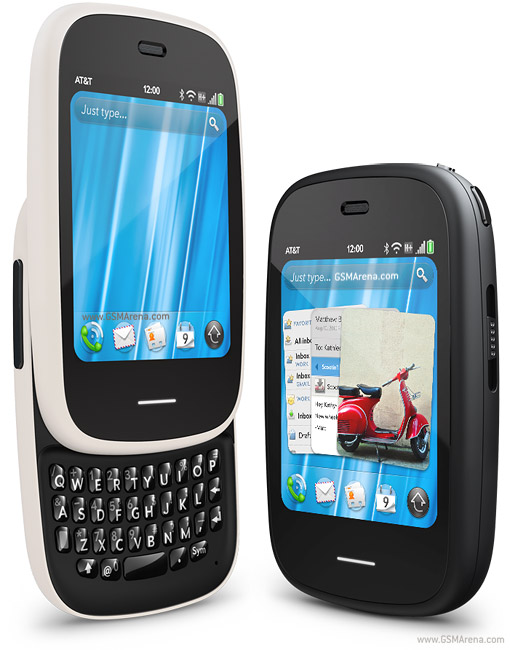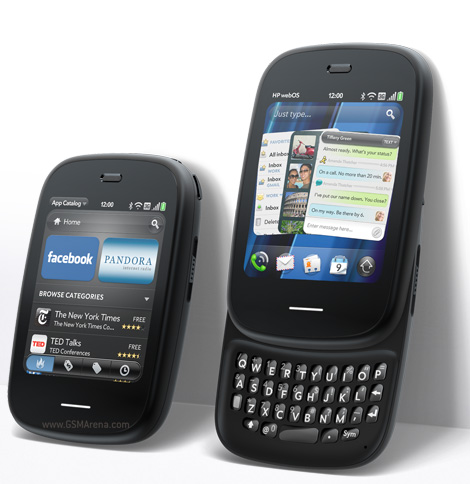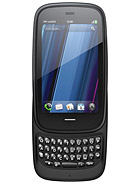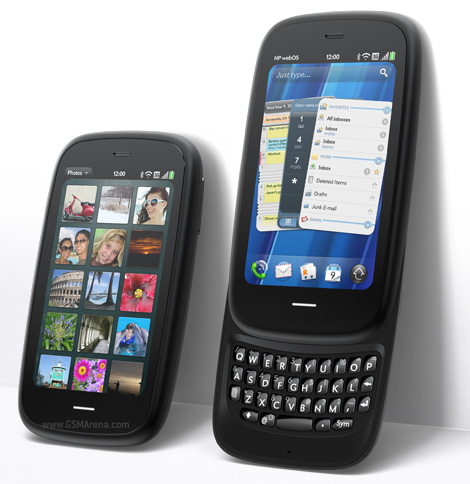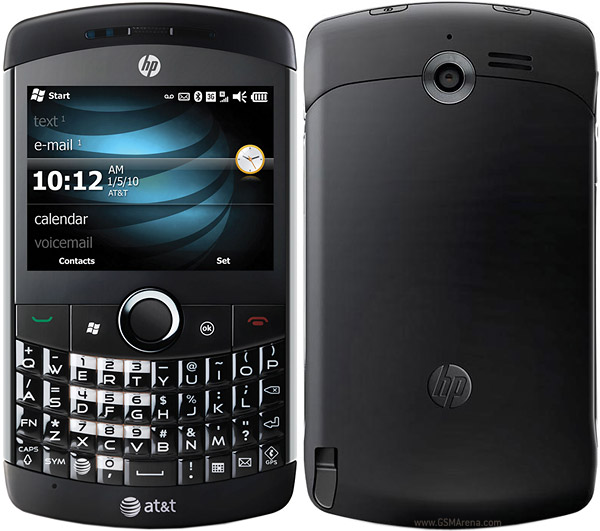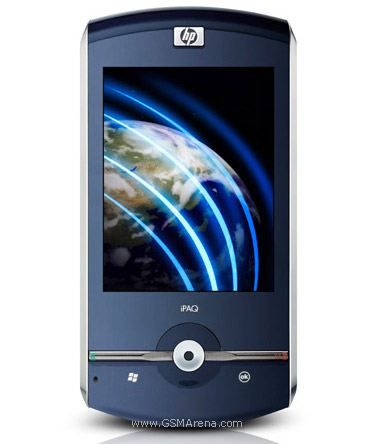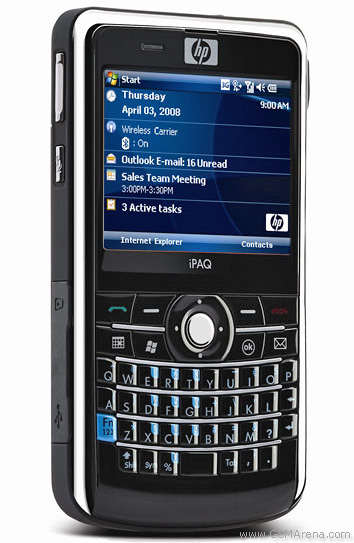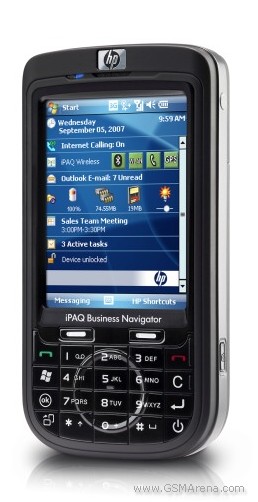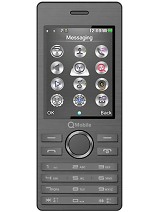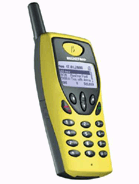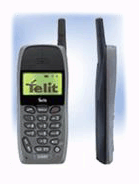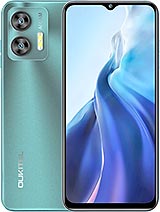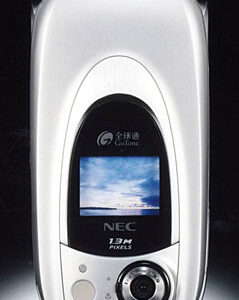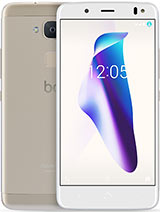HP iPAQ Voice Messenger Overall Review
The HP iPAQ Voice Messenger, announced in October 2008 and released in 2009, stands out as a distinctive entry in the world of early smartphones. It sports a 2.4-inch display and is powered by the MSM7201A chipset, supported by 128 MB RAM, highlighting its position as a device aimed at business and professional use, particularly for those valuing communication and productivity features.
Featuring a 3.15 MP primary camera, the iPAQ Voice Messenger provides adequate photo capabilities for its time, suitable for capturing images in work-related contexts or for general use. The device is equipped with a 1260 mAh battery, offering a reasonable battery life given its hardware and the period’s technology standards.
Running on Microsoft Windows Mobile 6.1 Standard, it offers a range of productivity and communication tools, including email, document viewing, and scheduling functionalities. Its design caters to users preferring a non-touch, button-based navigation system, integrating a full QWERTY keyboard in a compact form factor.
HP iPAQ Voice Messenger Pros and Cons
Pros:
- Compact and business-oriented design, appealing to professional users.
- Full QWERTY keyboard for efficient typing and navigation.
- Adequate camera for basic photography needs.
- Runs on Windows Mobile, providing access to a suite of productivity apps.
Cons:
- Limited by the capabilities and app ecosystem of Windows Mobile 6.1.
- Relatively small screen size by today’s standards.
- Modest hardware specifications, with potential performance limitations for more demanding tasks.
- The battery life may be insufficient for heavy users, especially with contemporary usage patterns.
